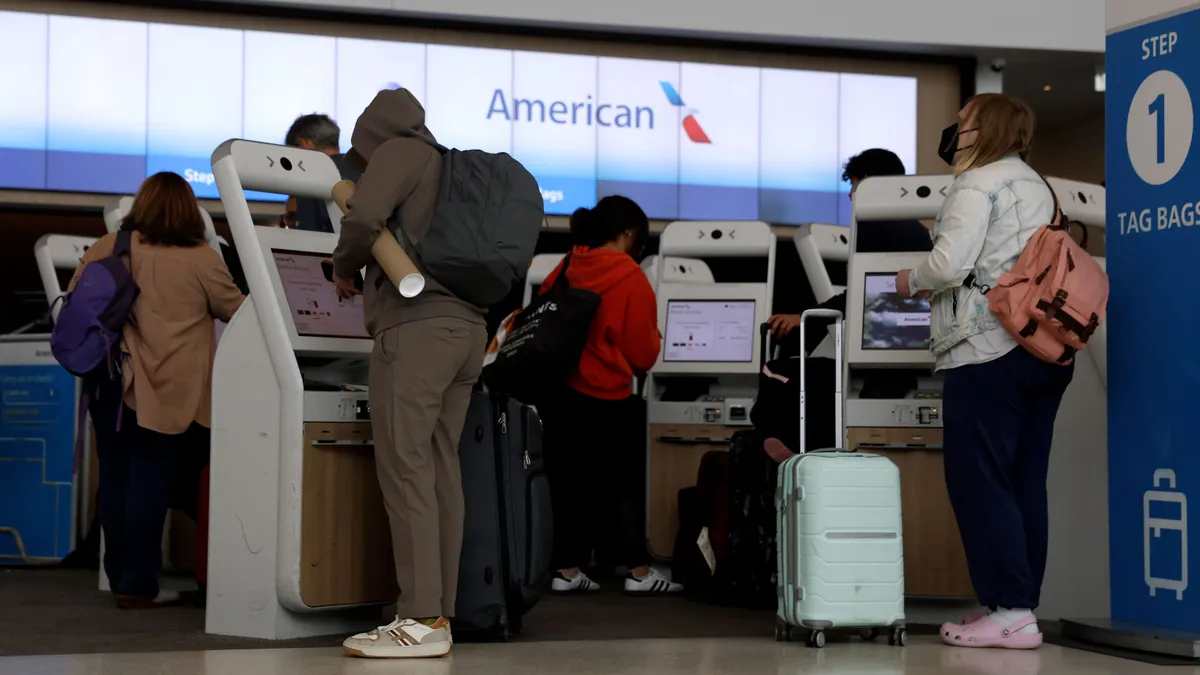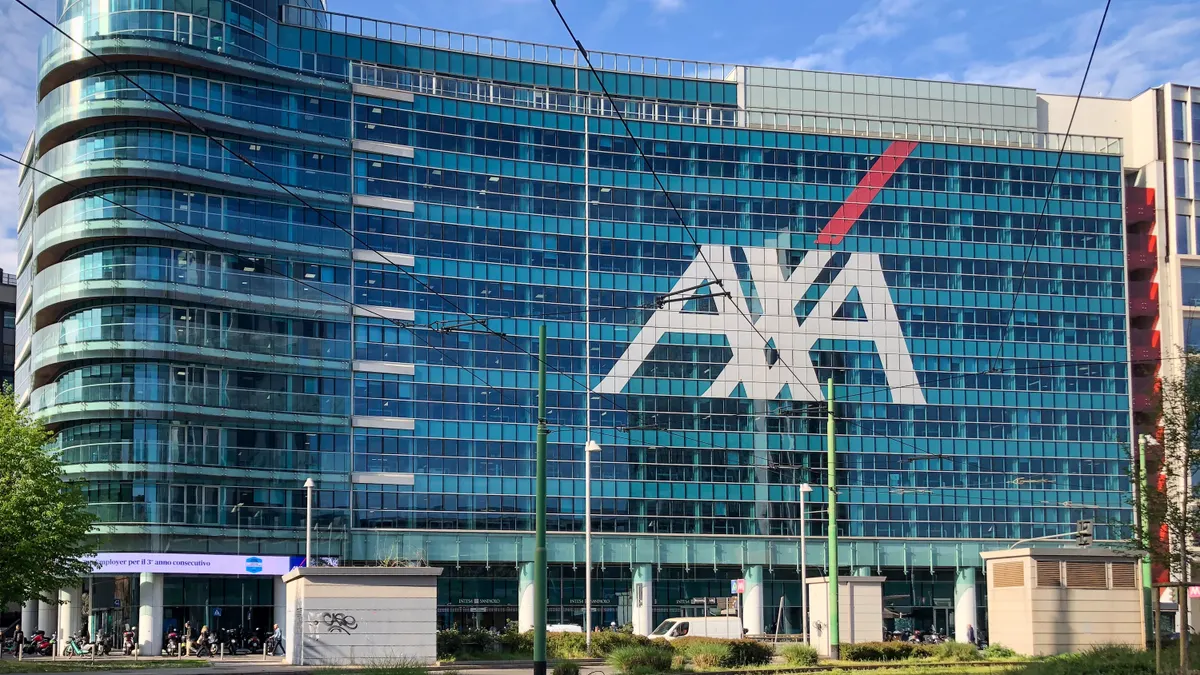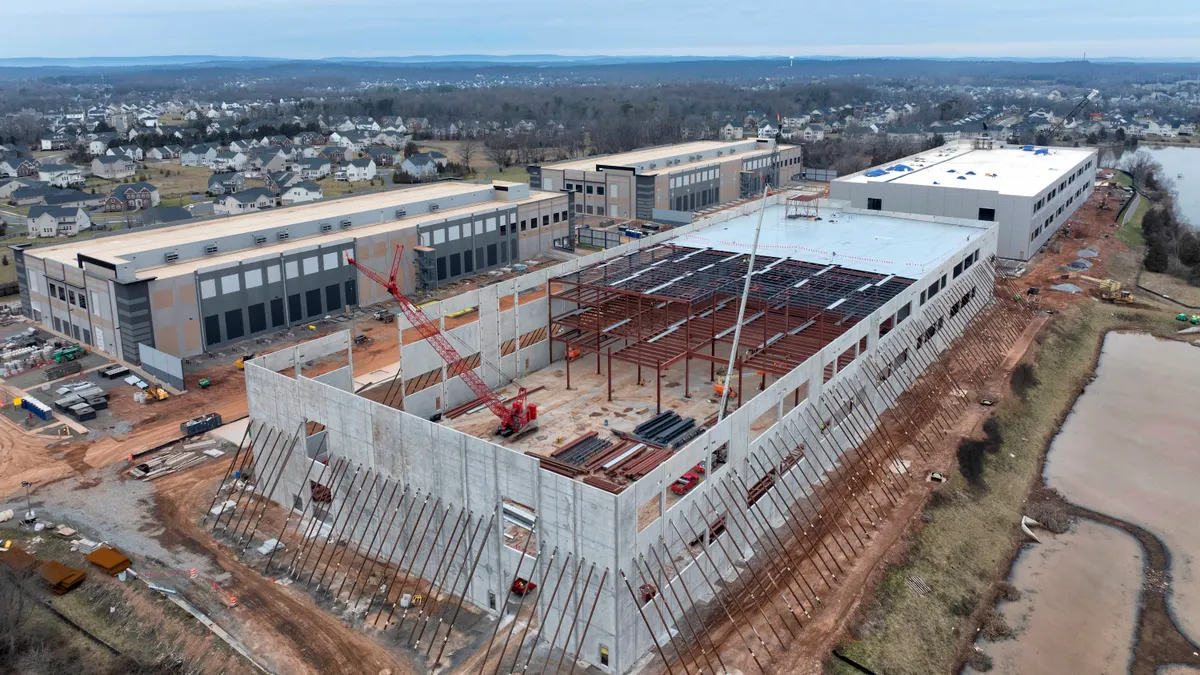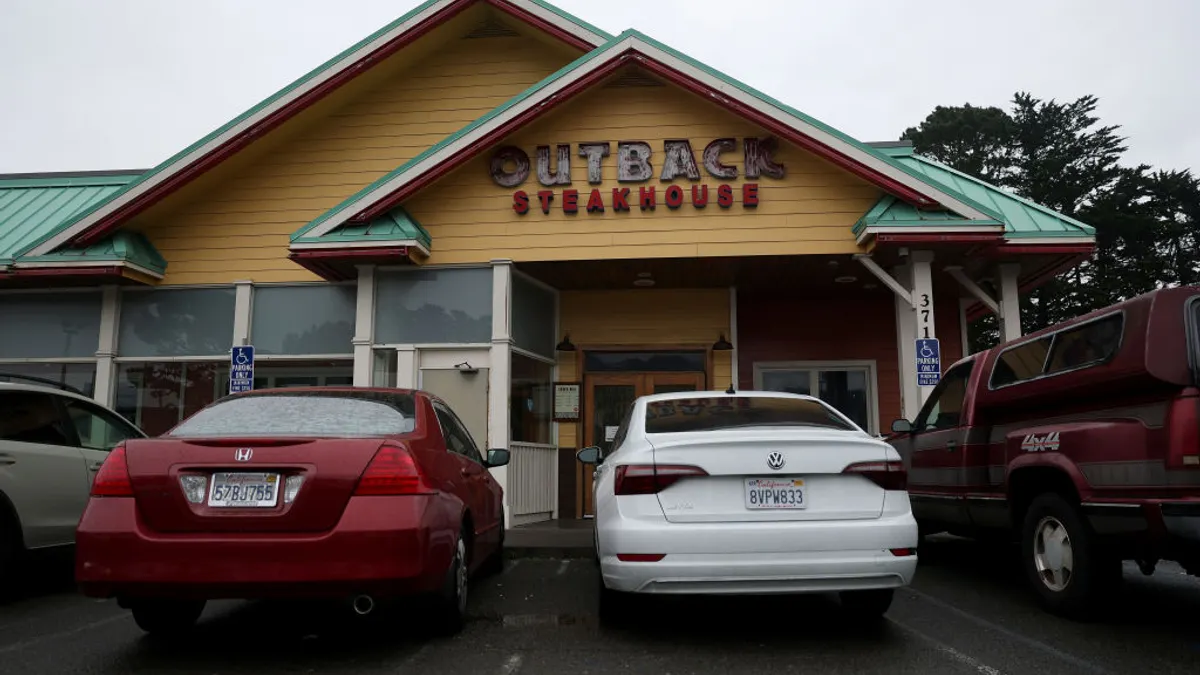Editor's note: This article is part of The Water Cooler, a recurring column for technology executives to digest, discuss and debate. Next up: How do you decide what technologies to pilot? Email us here.
As soon as businesses fell into the remote work routine, another challenge arose: CIOs and IT departments must prepare their organizations to manage a hybrid work configuration. A flexible future calls on in-office and remote workers to collaborate seamlessly, requiring infrastructure and management to support both.
Salesforce decided on a hybrid model after the technology held up in the wake of large-scale remote work.
But the pressure falls on IT professionals to make it work. Half of them say the ongoing management of remote and hybrid workers is one of their biggest challenges, according to a JumpCloud survey.
To better understand how CIOs and other tech executives are making way for hybrid flexibility, CIO Dive asked how executives are preparing for and managing a hybrid work environment.
(The comments below have been lightly edited for length and clarity.)
David Burden, CIO at ForgeRock
"Ultimately, with the increased demand for hybrid working, IT departments now have the tools available to provide a consistent experience to an employee wherever they are in the world — whether at home, traveling, or in an office."

David Burden
CIO at ForgeRock
Hybrid work is not a new concept, companies have been moving towards a partially remote workforce for years. But, at the onset of the pandemic, organizations were forced to move at breakneck speed to adopt a cloud-first approach to accommodate a necessary "work from home" policy. ...
I remember the concept of hot desking back in the 90s — so that concept is not new. However, what has changed is that we now have scalable technologies to help us collaborate, allow the correct level of employee access, and manage our office resources effectively.
Ultimately, with the increased demand for hybrid working, IT departments now have the tools available to provide a consistent experience to an employee wherever they are in the world — whether at home, traveling, or in an office. As our workforce increasingly becomes more mobile and we inch away from the pandemic, IT departments need to remain diligent in providing a secure identity management solution with continuous and contextual authorization.
Shanthi Iyer, CIO at DocuSign
"Our hybrid work strategy also extends beyond the servers into what we are calling "Smart Spaces" — leveraging technology to maintain the office space in a more physically distant and more hygienic manner."

Shanthi Iyer
CIO at DocuSign
At DocuSign our IT strategy starts with creating the best experience for our employees. We believe IT leaders need to focus on engineering a seamless experience that contemplates three critical factors — collaboration, safety and security, and manageability.
We have to ensure employees can collaborate in a similar manner as in-office, we have to maintain safety and security regardless of if employees are working in the office or from a coffee shop, and we have to make sure the systems we implement are easy to maintain and operate as an IT team without having to create two separate architectures and ecosystems for the hybrid model to work.
From a technology perspective this comes down to modernizing everything — from the underlying infrastructure to the productivity toolkit. We are modernizing for specific experiences, such as optimizing the tools for our sales team, as well as how we manage brainstorming and collaboration amongst the whole organization. In many cases, we'll need to evaluate what we build internally versus what we can buy off the shelf to meet the new levels of consolidation and integration needed to create that seamless experience.
Our hybrid work strategy also extends beyond the servers into what we are calling "Smart Spaces" — leveraging technology to maintain the office space in a more physically distant and more hygienic manner, such as managing capacity in a specific zone or conference room.
And finally, we're looking at how we add new talent for the challenges of hybrid work. We're hiring talent in infrastructure modernization such as cloud operations to bolster our distributed work capabilities, but we're also adding roles built specifically for scale, such as UX solution architects or scale architects.
Jen Grant, CEO at Appify
"As a newly hybrid company (four weeks now), we've found that simpler is better."

Jen Grant
CEO at Appify
As a newly hybrid company (4 weeks now), we've found that simpler is better. The three key technologies are Google Calendar, Zoom, and Polycoms. With Google Calendar, we've had to up our etiquette. Teams need to see when someone is in the office, when they are commuting, and when they are home so everyone can know what to expect.
With Zoom, we find even the folks in the office need to turn on their Zoom video to level the playing field with those who are remote. But that doesn't solve the sound issue. If only one person's computer is responsible for the sound, it's not loud enough for the remote folks. We added upgraded Polycom units to all our conference rooms so that the microphone can sit in the middle and pick up everyone's voice.
Amir Rapson, CTO and co-founder at vFunction
"The most significant challenge is creating a completely virtual proof of value, software evaluation process, where we can engage remotely — no matter where our cloud architects or our customers are located across the globe."

Amir Rapson
CTO and co-founder at vFunction
It's been critical to support a hybrid work model across all phases of our business — from software product development to QA/testing to customer engagement, installation, and support. The most significant challenge is creating a completely virtual proof of value, software evaluation process, where we can engage remotely — no matter where our cloud architects or our customers are located across the globe.
Without a tech strategy, platform, and toolset that enables our engineers to smoothly interact with customers to modernize and refactor their applications to microservices, our business would not be able to expand and accelerate as it has throughout the last 18 months. We expect it to continue to allow the company to deepen customer engagements and scale our business as we move forward.
























